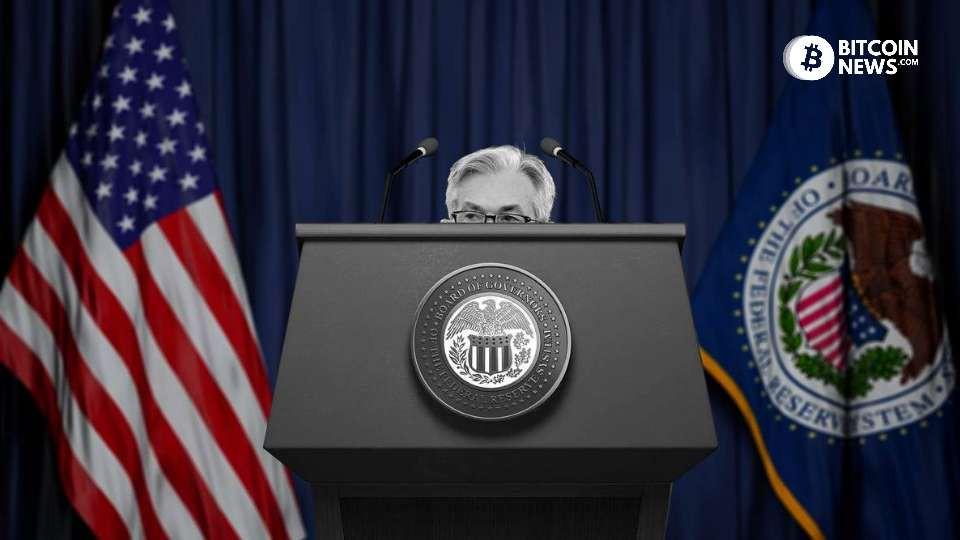Introduction
The Federal Reserve issues an 86-page order, denying Custodia bank its application to be supervised by the government agency. In the documents, Custodia, a digital asset industry leader, highlights important leadership lessons and navigates the path forward for the law-abiding digital asset industry.
Despite disruptions in the U.S. banking system, Custodia emphasizes that digital assets are here to stay. This article aims to provide a brief overview of the Fed’s new policy statements and shed light on the procedural abnormalities within the order.
Related reading : US Banking Crisis Wildfire Spreads
New Fed Policies Outlined in the Custodia Order
The Custodia order introduces several new policies outlined by the Fed. These policies have generated discussion among banking and digital asset experts. Here are some of the policies highlighted in the order:
1. Compliance Challenges for Stablecoin Issuers: The Fed questions whether issuers of stablecoins on open, public, and decentralized networks — such as Bitcoin or Ethereum — can comply with anti-money laundering and combating financing of terror laws due to the presence of unhosted wallets.
2. Concerns about Paying Transaction Processing Fees to Unknown Validators: The order raises doubts about whether financial institutions are permitted to pay blockchain transaction processing fees to unknown validators, including mining or gas fees.
3. Uncertainty Regarding the Glass-Steagall Act: The order casts doubt on whether a bank can both accept deposits and issue a stablecoin. This conflicts with the President’s Working Group recommendation, which stated that only insured depository institutions should issue stablecoins.
4. Potential Impact on the Fed’s CBDC Exploration: Speculations arise that the Fed’s policy in the Custodia order may affect its exploration of a central bank digital currency (CBDC). Custodia’s U.S. patent on the tokenization of bank deposits, held by the 12 regional federal reserve banks, could pose a roadblock to a Fed-issued CBDC.
5. New Chapter in the Dual Banking System: The Fed’s decision not to admit uninsured state-chartered banks as Fed member banks sparks a new chapter in the U.S. dual banking system. The policy implies that states must defer to federal bank regulators, which may conflict with state laws on uninsured bank charters.
Procedural Abnormalities and Confidential Information Disclosure
The Custodia order raises concerns about procedural abnormalities and the unprecedented disclosure of confidential supervisory information by the Federal Reserve. These issues are relevant to other banks examining the order for potential insights. Key procedural concerns highlighted in the order include:
1. Retroactive Justification: The Fed changed its mind regarding Custodia’s application based on exam findings from several months prior, without considering the extensive updated information submitted by Custodia during and after the examination.
2. Denied Right to Appeal: Custodia lost the opportunity to appeal the exam findings through the Fed’s Ombuds program since the window for filing a complaint had expired before the Fed’s denial vote.
3. Citations of Unpublished Policies: The order cited a new Fed policy statement, not yet enacted or published in the Federal Register, as a reason for denial, without providing prior public comment opportunities.
4. Lack of Corrected Inaccuracies: The Fed refused to correct factual inaccuracies in the order, potentially misrepresenting Custodia’s position.
Conclusion
Custodia remains committed to its strategy of constructing a regulatory-compliant bridge for transacting U.S. dollars and to custody digital assets. Despite the discouraging nature of the Fed’s precedent-setting, 86-page order, Custodia emphasizes the enduring presence of digital assets. As disruptions reshape the banking industry, Custodia will continue forging ahead, recognizing the importance of due process and the need for regulatory compliance in this evolving landscape.



